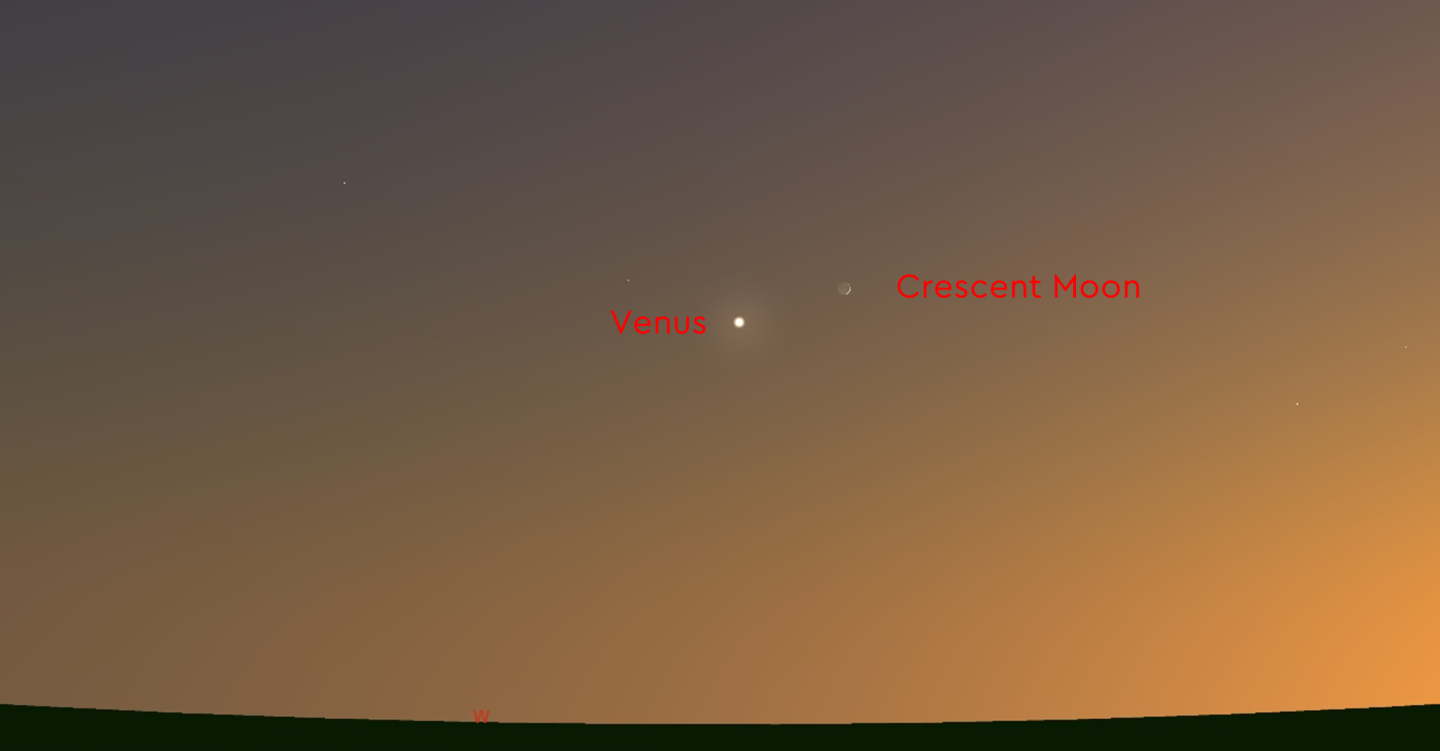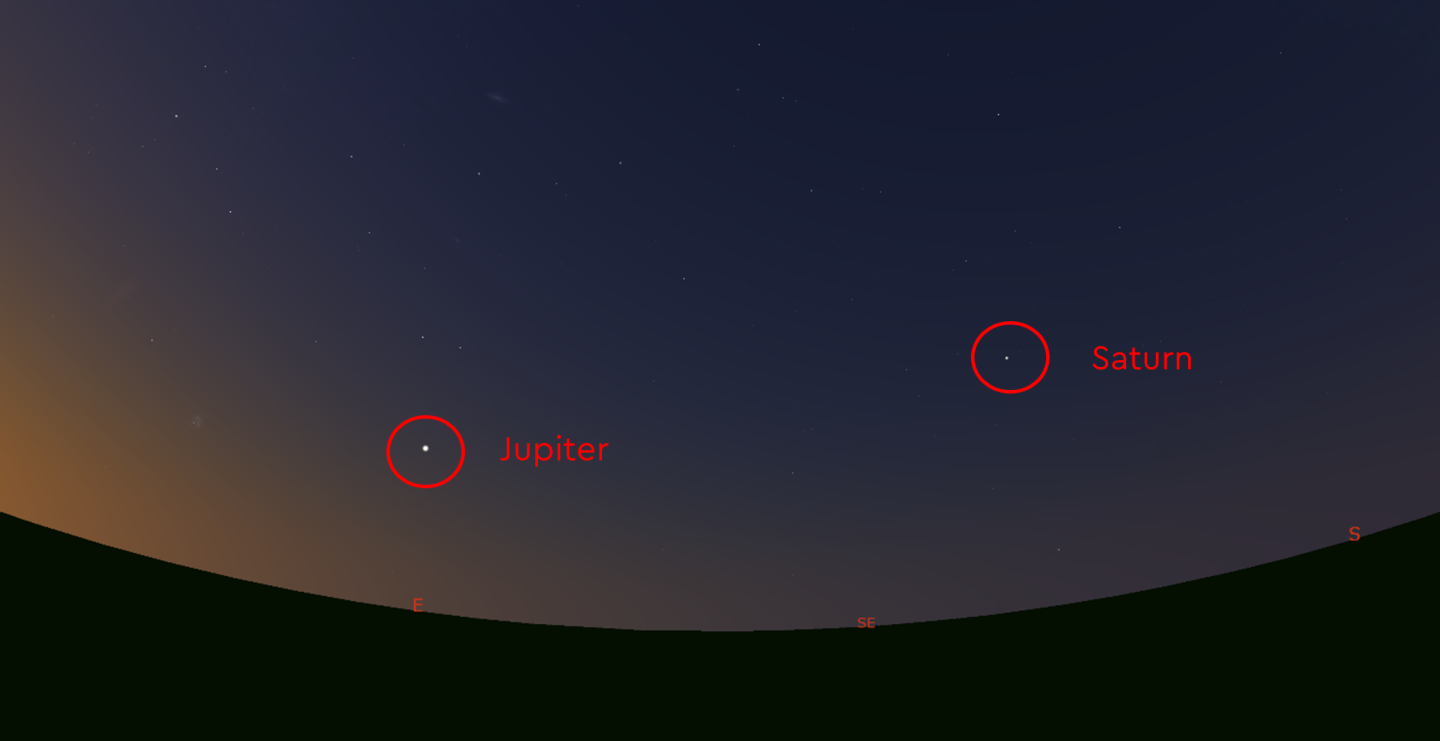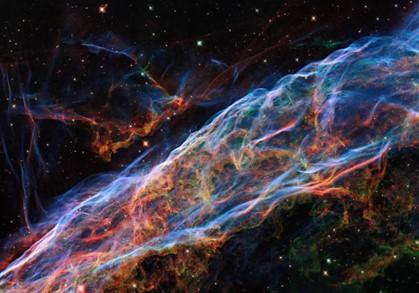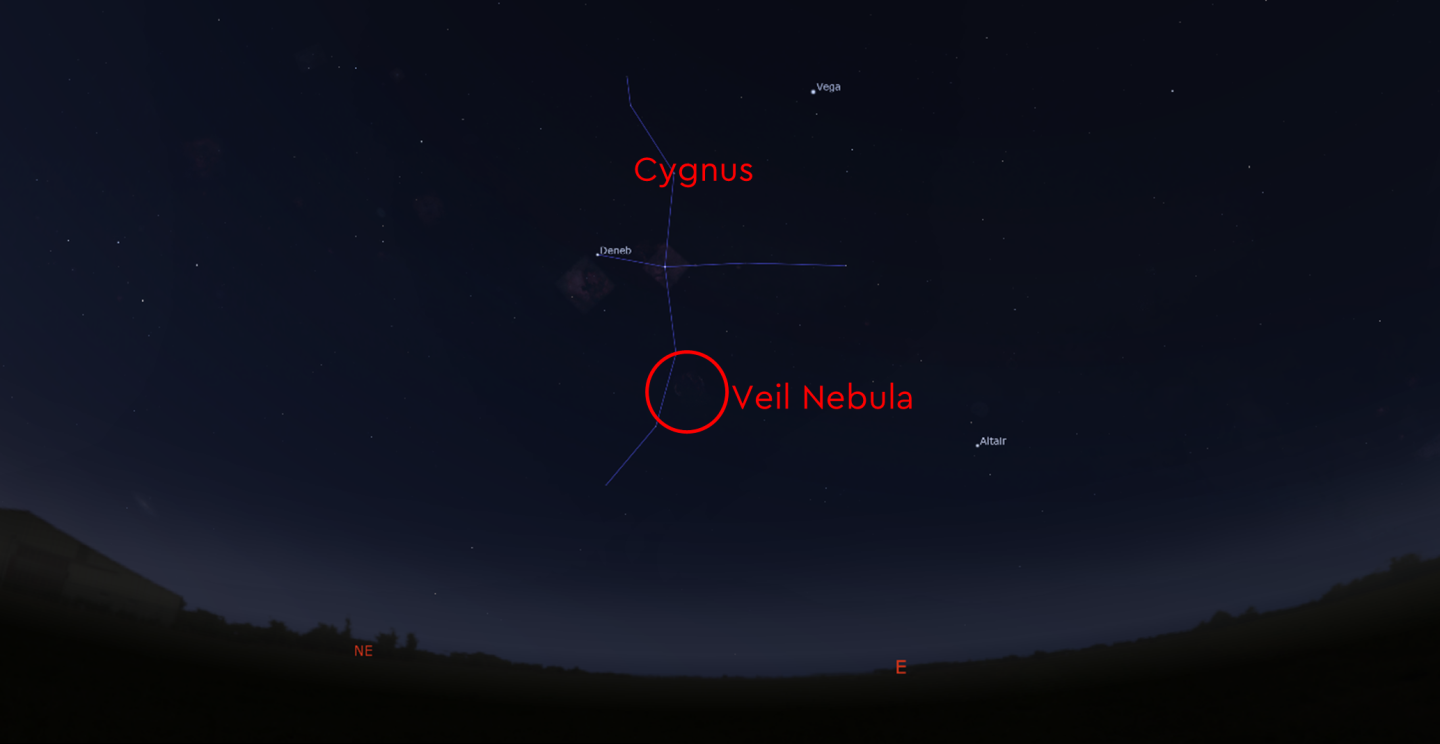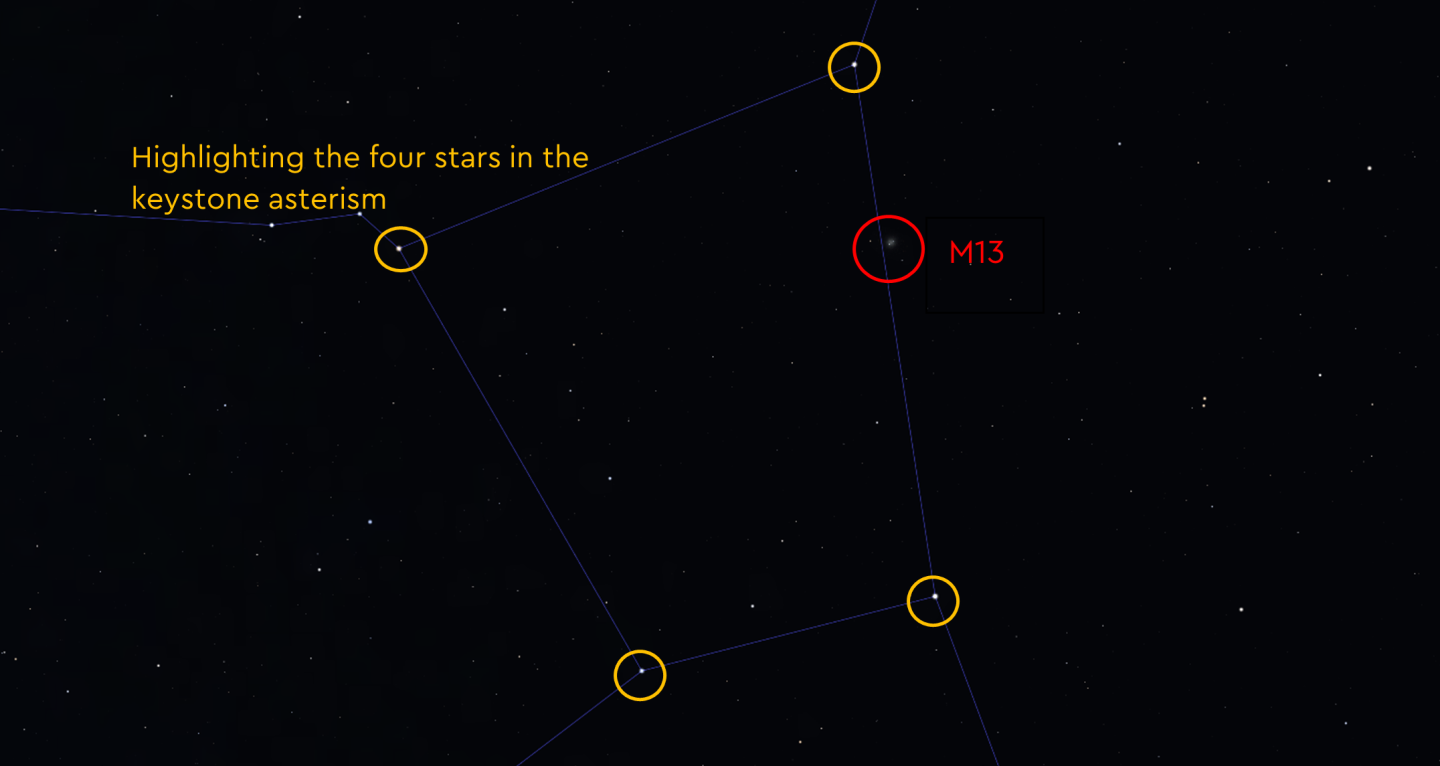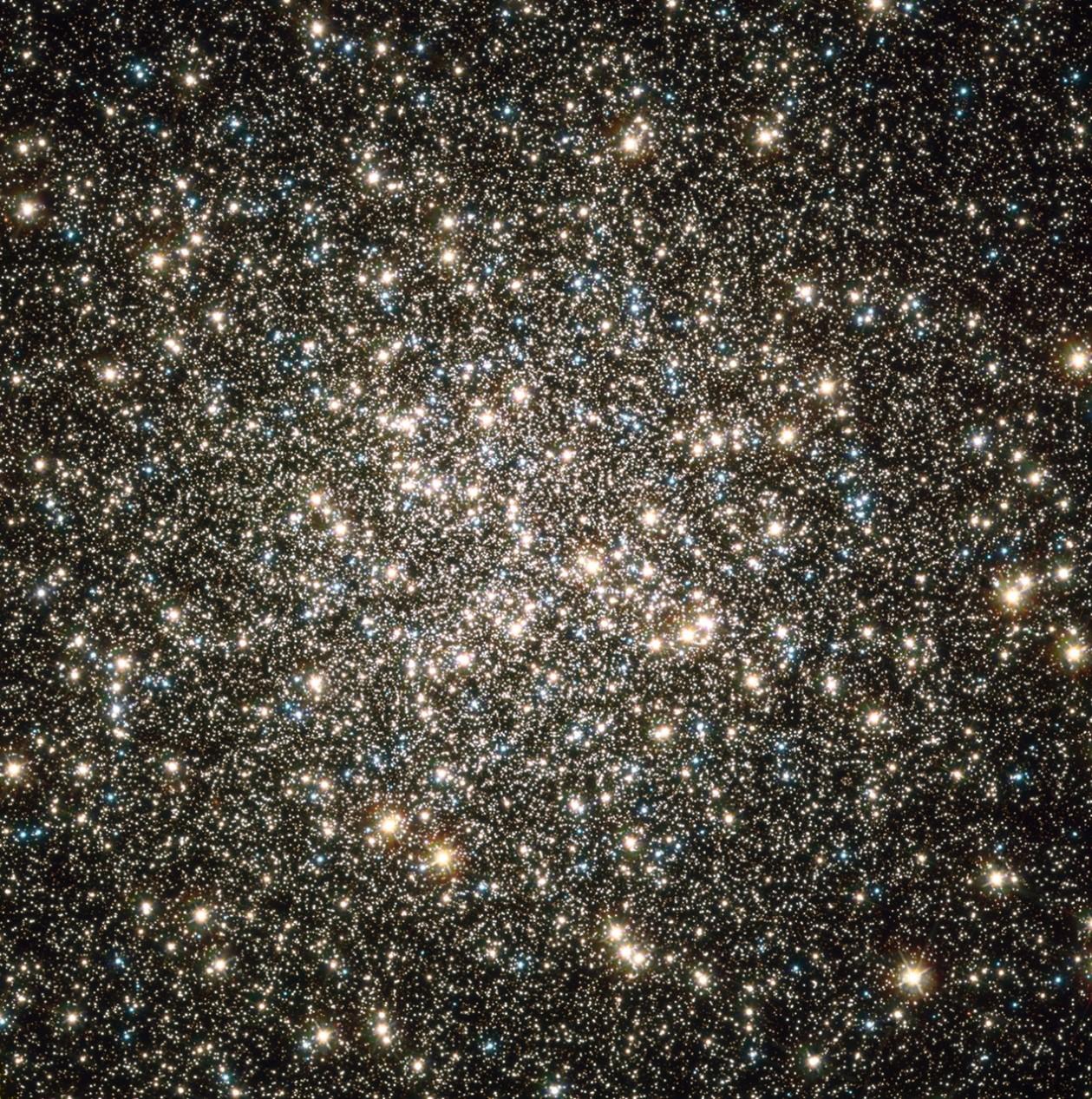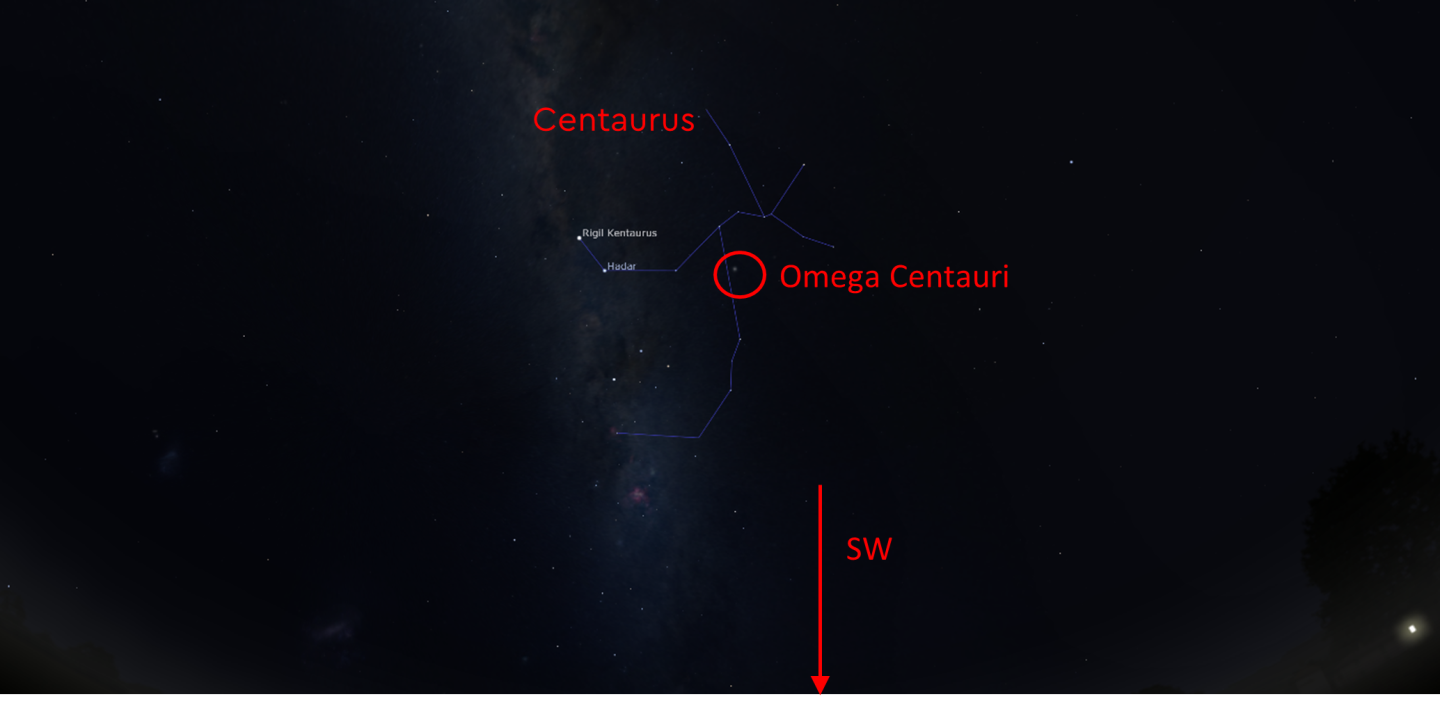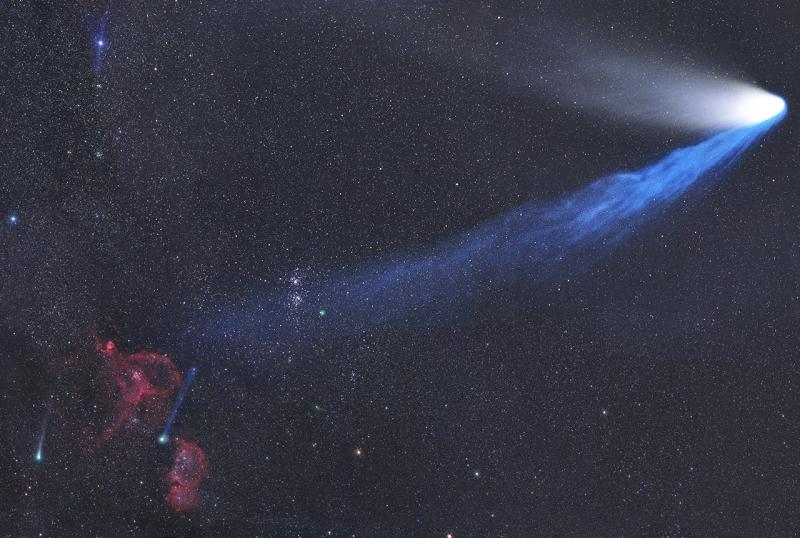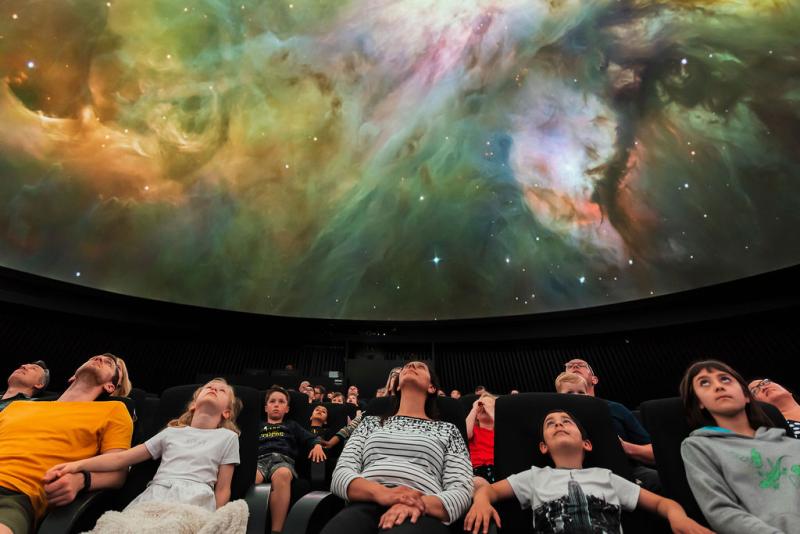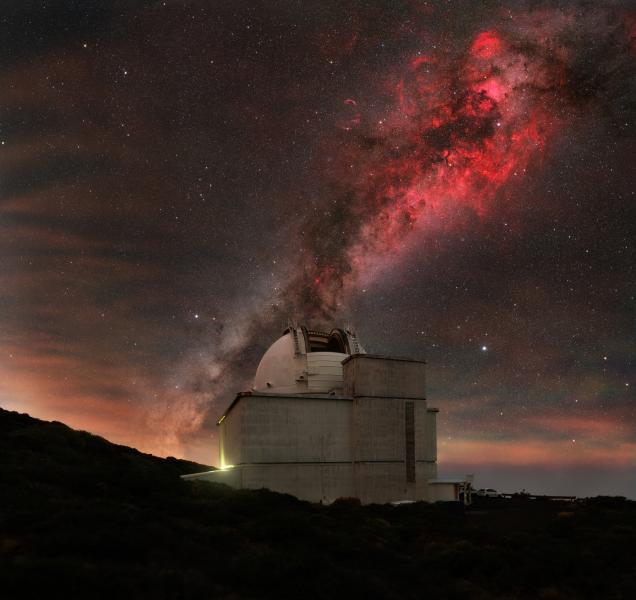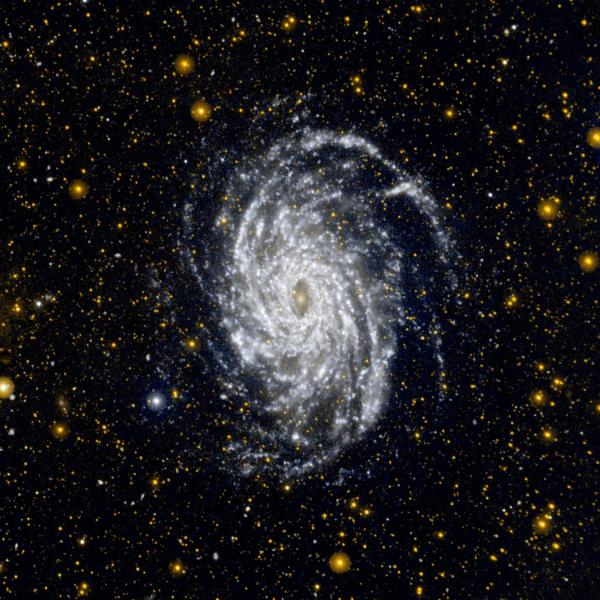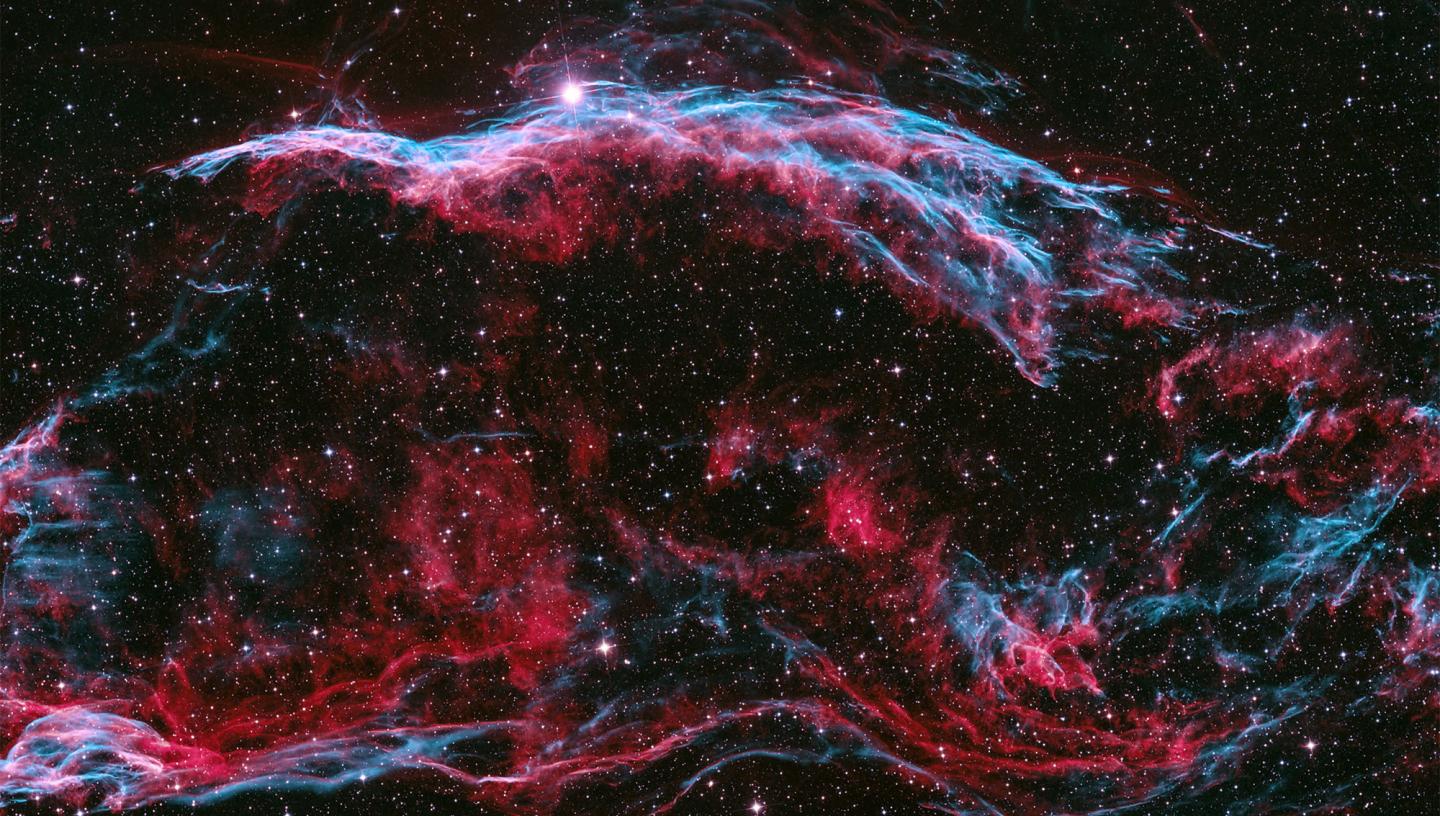
Discover what to see in June's night sky, including Venus, the crescent Moon and the Veil Nebula
Top 3 things to see in the night sky in June
- 21 June - catch Venus and the crescent Moon in the evening sky
- Throughout the month – admire the Veil Nebula
- Throughout the month – consider the chance of alien life in the Hercules Cluster
(Details given are for London and may vary for other parts of the UK)
See July's night sky highlights
Look Up! Podcast
Subscribe and listen to the Royal Observatory Greenwich's podcast Look Up! As well as taking you through what to see in the night sky each month, Royal Observatory Greenwich astronomers pick two space news stories to talk about.
In June’s episode, which is available below, we discuss a recent meteorite landing in the US and the Hope spacecraft’s investigations into the origins of Phobos and Deimos.
At the start of June, join us on Twitter (@ROGAstronomers) and let us know if you’ve ever been lucky enough to touch a meteorite!
The planets in June
We are fast approaching the longest day of the year for us here in the Northern Hemisphere, the summer solstice, on the 21 June.
This means we have much longer days and much shorter nights, so less time for stargazing! There are still objects up there to be seen if you can wait up long enough.
If you want to catch a stellar object early before you go to bed, Venus is visible in the west just after sunset for the whole month. If you have a look on the evening of the 21 June you’ll be able to see the crescent Moon next to it in the sky. Venus itself also has phases from our perspective here on Earth. These aren’t visible to the naked eye, but if you look at the planet through a telescope (being careful not to look at the Sun if it hasn’t fully set!) you should be able to observe how much of the planet is being lit by the Sun.
Additionally, if you happen to be up just before dawn, especially later in the month, you can easily catch Jupiter and Saturn in the eastern sky.
Spot the Veil Nebula – Cygnus Loop
The Veil Nebula is a large supernova remnant. The star that made it was 20 times more massive than the Sun, and astronomers estimate that it exploded about 10,000 years ago, which means it could have been observed by our ancestors. They would have seen it as a very bright point in the sky, as bright as Venus.
Today you’ll need a telescope or a pair of binoculars to observe the remnant. It covers a relatively large area of the sky, around 3 degrees or 6 times the diameter of the full Moon. It’s so wide that people often break it down into individual nebulae to observe, like the western Veil, eastern Veil and Pickering’s Triangle.
One way of finding it is to look for Cygnus. The brightest stars in this constellation form a cross in the sky, with the Veil Nebula at the eastern end of the cross.
Look out for M13 - the Hercules Cluster
Now onto one of the most famous globular clusters in the sky, M13 or the Hercules Cluster. Bigger telescopes (for example 200mm reflectors) really do it justice, but it can easily be spotted by smaller telescopes and even binoculars.
If you live somewhere with basically no light pollution, you can even catch M13 with the unaided eye if the conditions are right: dark and clear skies. You might want to try the technique of ‘averted vision’ to catch a glimpse of it.
As the name suggests, M13 is in the constellation of Hercules. Throughout June, Hercules will be a constellation visible in the south, reaching its highest point in the sky around midnight. M13 is within the central part of the constellation known as the keystone asterism.
M13 is actually a group of several hundred thousand stars all bound together by gravity. They were born together over 12 billion years ago and they stay together, in a clump, orbiting the galactic center.
One fun fact about this cluster is that a message to aliens was directed here in 1974! This is known as the Arecibo message, as it was sent by the Arecibo telescope. The message contained encoded info on our DNA, what humans are like and where our planet is. Of course if anyone in the Hercules Cluster is actually there to receive it they won’t get it for 25,000 years as the stars are 25,000 light years away. It’s then going to take another 25,000 years for a reply. The message was arranged by Frank Drake, with help from Carl Sagan and others, and was intended as more of a technology demonstration than a serious attempt to communicate. But you never know!
Southern Hemisphere: Omega Centauri in Centaurus
For our Southern Hemisphere readers, see if you can find Omega Centauri in the constellation of Centaurus. With a magnitude of 3.9 it can easily be seen with the unaided eye. To ancient astronomers it was known as a star, as you can't really tell what it is without a telescope. Ptolemy wrote about it in his work Almagest in the second century and referred to it as a star.
Edmund Halley was the second Astronomer Royal here at the Royal Observatory back in the 17th Century. He was considered to be the first person to classify Omega Centauri as a non-stellar object in 1677, when he referred to it as a luminous spot or patch. We now know it’s another globular cluster, containing around 10 million stars which are about 12 billion years old. If you do get a chance to look at this cluster through a telescope you should give it a go – it is a stunning collection of stars.
The Moon's phases this month
Full Moon – 4 June (04:41)
Third Quarter – 10 June (20:31)
New Moon – 18 June (05:37)
First Quarter – 26 June (08:49)
Never miss a shooting star
Sign up to our space newsletter for exclusive astronomy highlights, night sky guides and out-of-this-world events.
You may also be interested in
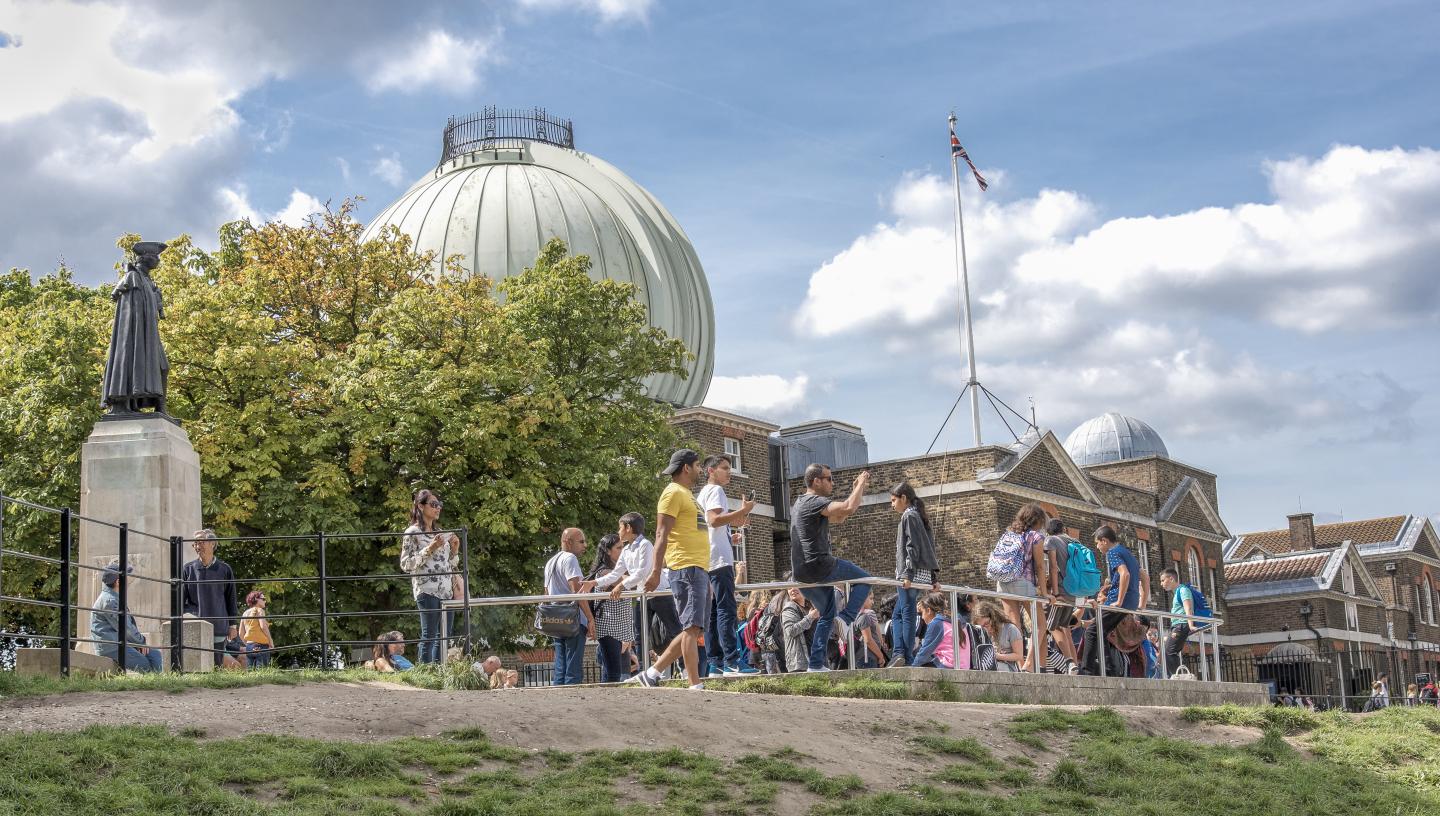
Visit the Royal Observatory
Header image: Bicolour Veil Nebula © Péter Feltóti | Winner of People's Choice Award in Astronomy Photographer of the Year 2021
